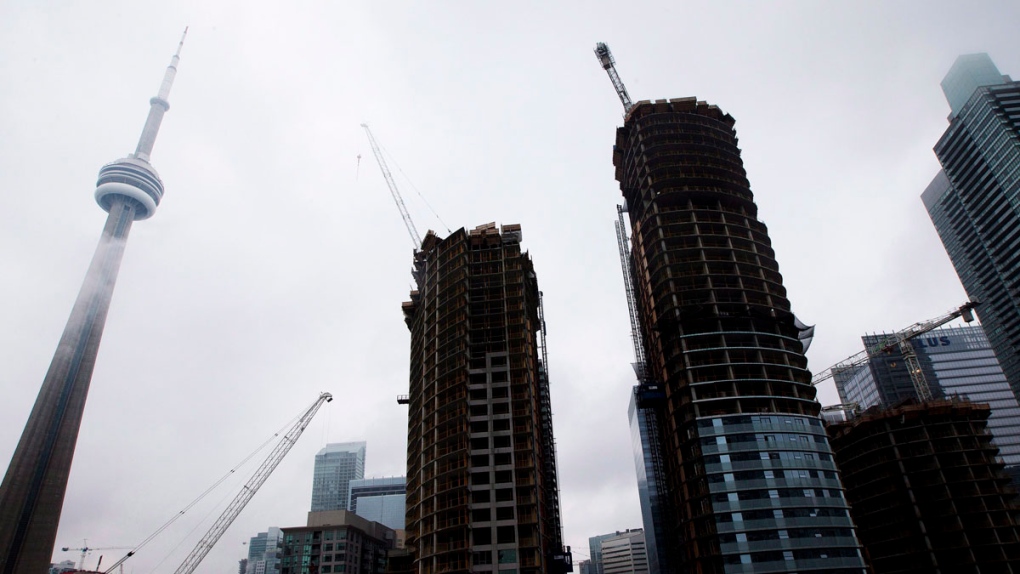Toronto is lagging behind similarly sized cities in terms of pandemic recovery and “reinventing” the downtown core could be a key solution, according to data from the University of Toronto’s School of Cities.
By measuring cellphone activity, researchers ranked Toronto 55th of 63 North American cities recovering from the COVID-19 pandemic.
Between December 2022 to February 2023, cellphone activity in Toronto stood at about 47 per cent compared to pre-pandemic levels.
“Toronto’s in the bottom third of the cities we looked at,” Director of the School of Cities Karen Chapple told Newstalk1010’s Jerry Agar on Tuesday, adding that she is optimistic the city will be able to rebound.
“It’s going to come back. It’s just a question of when and how,” she said.
Factors include high land and rent prices, as well as a shift to remote work, something the researchers say was “less of a fundamental change and more of an extension of long-term trends.”
“If we look at the downtowns that have come back across North America, you can see that they are relying on sectors where people have to be there every day,” Chapple said.
These sectors include health care, construction manufacturing, government and education. Chapple adds that Toronto has become “overly concentrated” with professionals and those in the business sector, meaning that most of the cell activity in the downtown core can be attributed to visitors and residents.
“Those folks are at home they don’t want to commute in,” she said. “They make that choice to stay home and so we’ll have to look to other sectors that really have to be on site.”
The research suggests that downtowns should better reflect those sectors such as the service industry by investing in affordable and inclusive housing as well as transit.
Chapple suggests that transit could be one of the big hindrances in Toronto’s recovery, noting the city has “one of the worst commutes in North America.”
“We got to make sure that that transit system works for our essential workers, make sure it goes to places where essential workers live in outlying areas and we got to make sure that it runs 24/7 so it’s good for visitors and shoppers and students and all kinds of people, not just nine to five workers.”
The TTC came under fire for making a number of changes this month that would lead to longer waits on Line 1 of the subway, especially late in the evening. Overnight routes in North York were also reduced and streetcar service downtown will be impacted by long-term construction.
The changes to the subway line were reversed on Monday, with Chief Executive Officer Rick Leary saying the TTC is seeing absenteeism at a much lower rate than what it budgeted for this year and as a result, the agency is “reinvesting resources into service” beginning with reversing planned changes to Line 1.
The researchers are recommending that that officials identify areas that need support to be revitalized, facilitate access to loans or small service and retail businesses, and continue to tolerate work from home arrangements when possible.







More Stories
Ford just reported a massive loss on every electric vehicle it sold
What could a $5B government loan program do? Turn Indigenous communities into powerful investors | CBC News
Meta stock sinks as investors ‘caught off guard’ by AI spending plans – National | Globalnews.ca